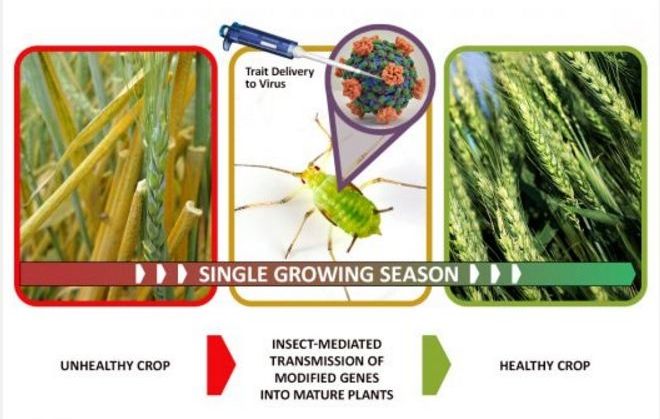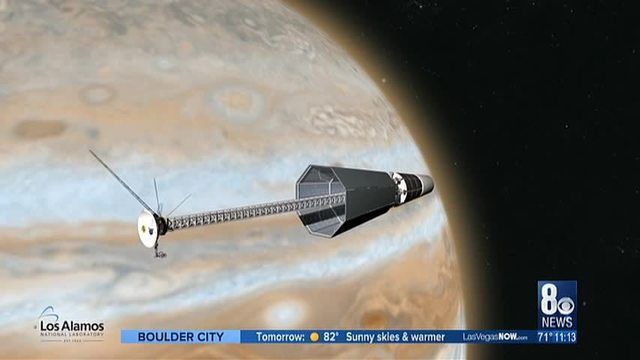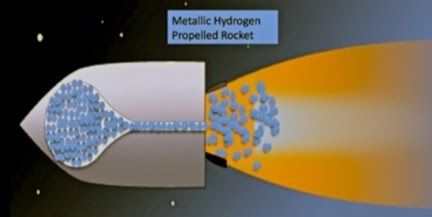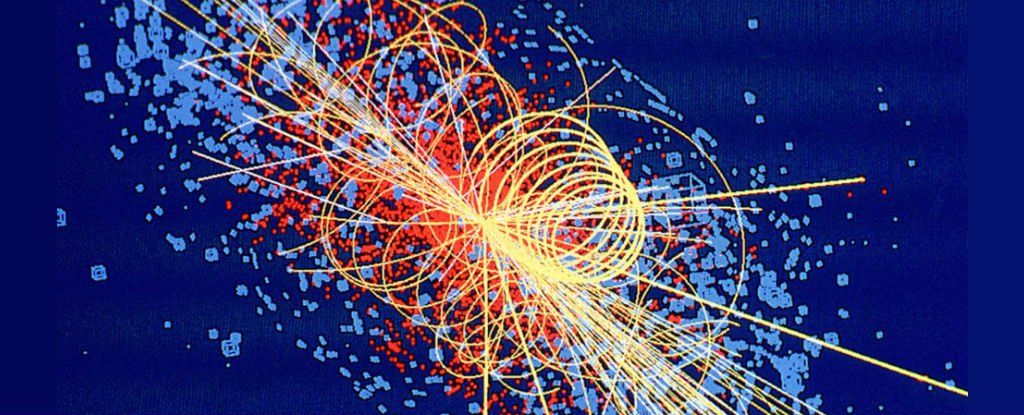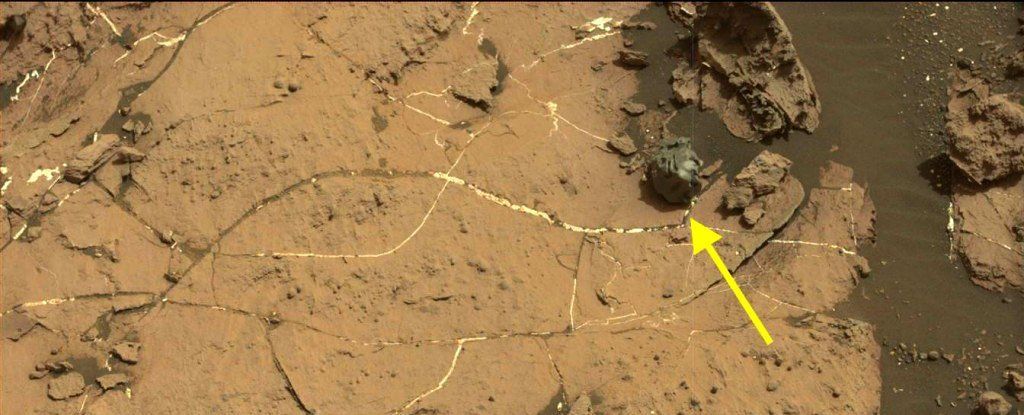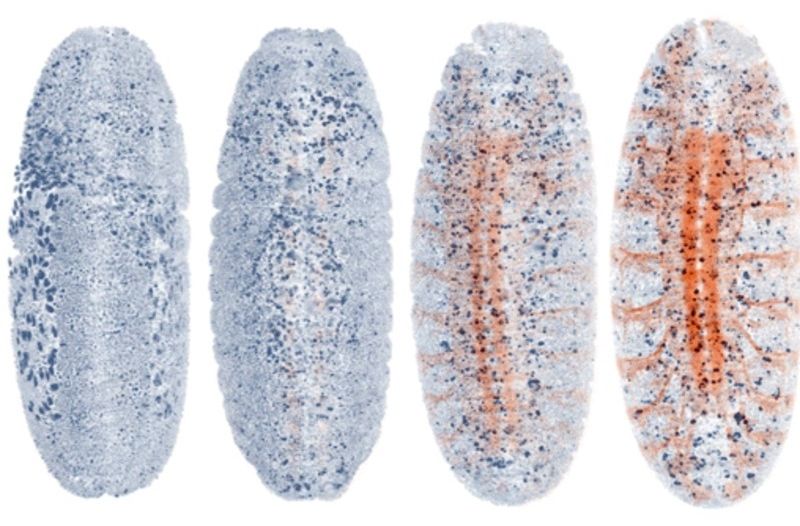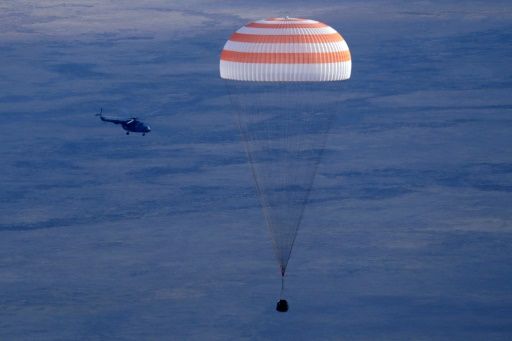Nov 5, 2016
DARPA Aims to Create Armies of ‘Insect Allies’ to Protect Crops Worldwide
Posted by Karen Hurst in categories: biotech/medical, food
A new DARPA program is poised to provide an alternative to traditional agricultural threat response, using targeted gene therapy to protect mature plants within a single growing season.
DARPA proposes to use a natural and very efficient two-step delivery system to transfer modified genes to plants; insect vectors and the plant viruses they transmit.
In the process, DARPA aims to transform certain insect pests into “Insect Allies,” the name of the new program.
Continue reading “DARPA Aims to Create Armies of ‘Insect Allies’ to Protect Crops Worldwide” »
